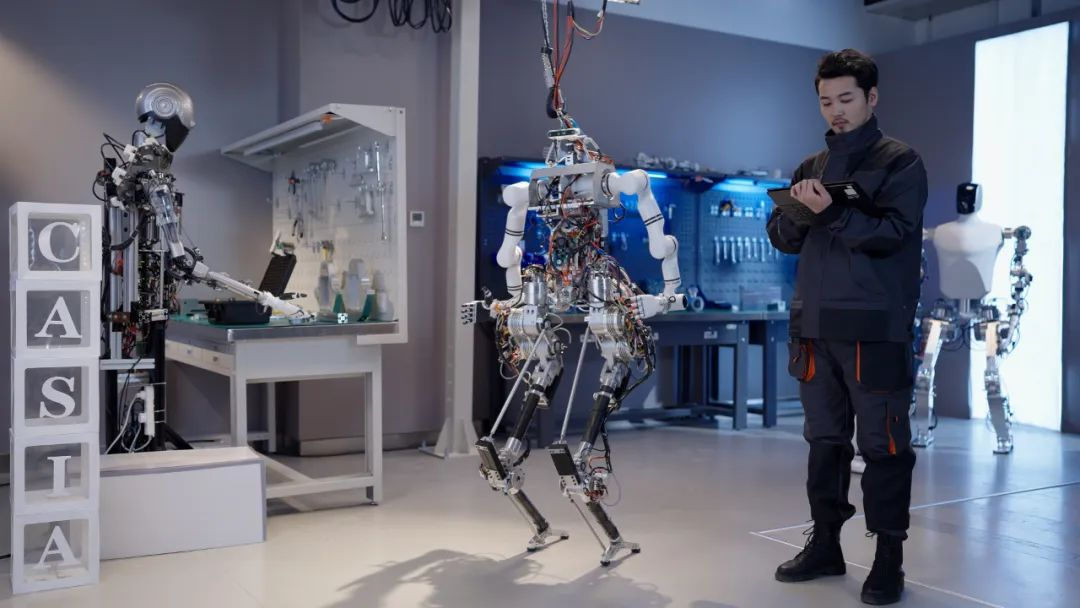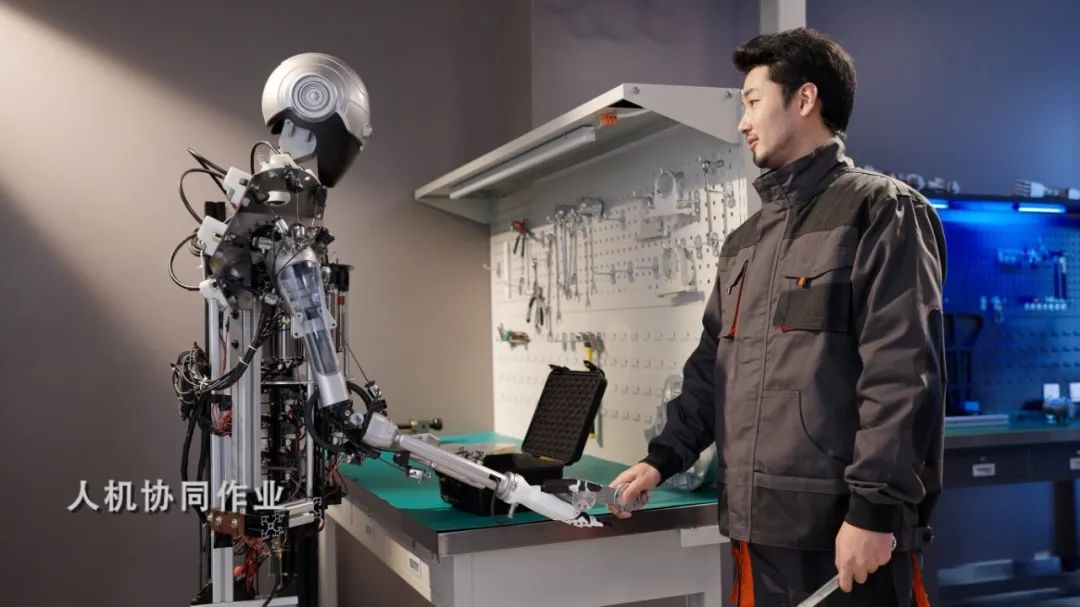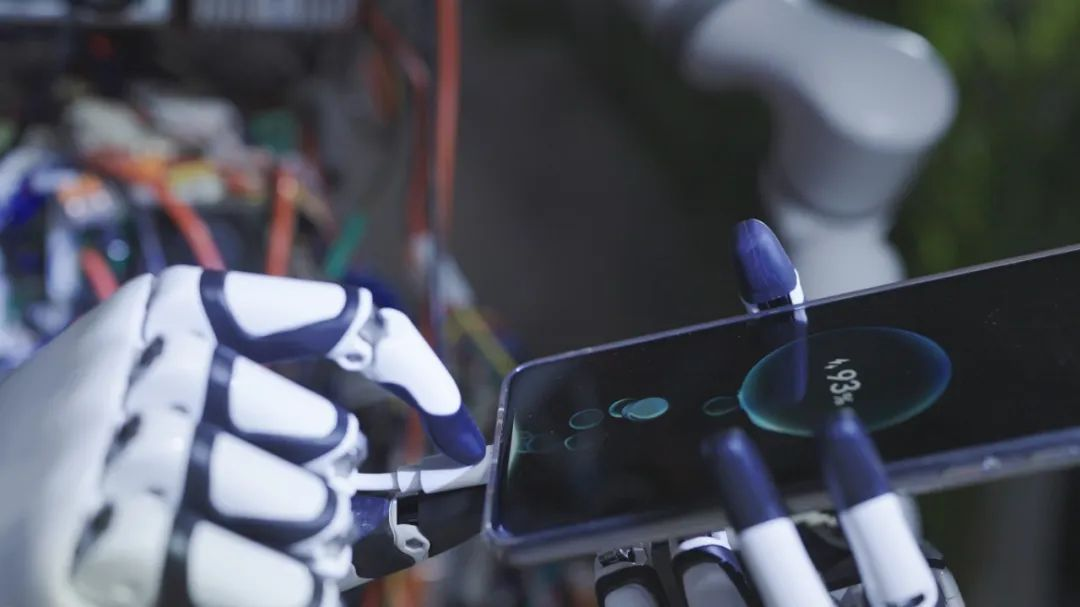The lineage humanoid robot Q series developed by the humanoid robot research team of the Institute of Automation, Chinese Academy of Sciences was recently unveiled.
The humanoid robot research team, led by Qiao Hong, academician of the Chinese Academy of Sciences and director of the National Key Laboratory of Multimodal Artificial Intelligence Systems, is facing major needs such as the national aerospace and manufacturing industries, and is based on the theory of high-precision operations in the "environmental attraction domain" and brain-like intelligent robots. With the accumulation of other original innovations, we have independently made breakthroughs in core technologies such as high-explosive integrated joints, AI-enabled design, large robot models, and humanoid compliance control, and developed a humanoid robot design and assembly "big factory" that can quickly design and build humanoid robot hardware and The software system has formed an innovation chain from academic theories, key technologies to the development of series humanoid robots . Currently, multiple Q series humanoid robot prototypes have been designed, and technical verification for different scenarios has been initially achieved.
➤To meet the needs of adapting to complex outdoor terrain and resisting unknown interference , "Big Factory" has built a bionic high-dynamic robot Q1 through AI-enabled design that can achieve accurate tracking and balance control of the robot's whole body posture, and can realize various complex terrains indoors and outdoors. Q2, a multi-terrain adaptable robot with adaptive and stable motion, and Q3, a high-explosion motion robot that can achieve robust control of batch robots and adaptability to different environments, and through the serialized and modular software training system of the "big factory", Empower humanoid robots with cognitive, decision-making and control intelligence for application needs in outdoor scenarios such as farmland operations and field patrols;
➤In order to further explore the scientific research needs of human movement characteristics and precise operation mechanisms , based on the muscle nonlinear characteristics of the human musculoskeletal system, muscle distribution characteristics, motor cortex-cerebellum-spinal cord loop control and other mechanisms, a system that can achieve high flexibility, The high-precision humanoid robot Q4 lays the foundation for further building a new generation of humanoid robots that simulate humans in mechanism and surpass superhuman performance in performance;
➤To meet the intelligent needs of humanoid robots to complete various tasks in indoor scenes , "Big Factory" integrates the Zidong Taichu multi-modal large model self-developed by the Institute of Automation into the robot system to build a fast and accurate robot task in the physical environment. Q5, a high-concurrency reasoning humanoid robot with accurate logical reasoning and execution, can provide important support for smart factory operations and home life services.
The humanoid robot "big factory" can fully integrate unit technologies such as intelligence, mechanism, components, control and decision-making to quickly generate various humanoid robot systems. In order to form humanoid robot technology standards and industrialization, it can also conduct humanoid robots in environments that are difficult for humans to reach. Robots lay the foundation for self-production, self-construction, and self-evolution.

Multi-robot collaboration

Human-machine collaboration

Robot assembly

Robot archery

Robot charging